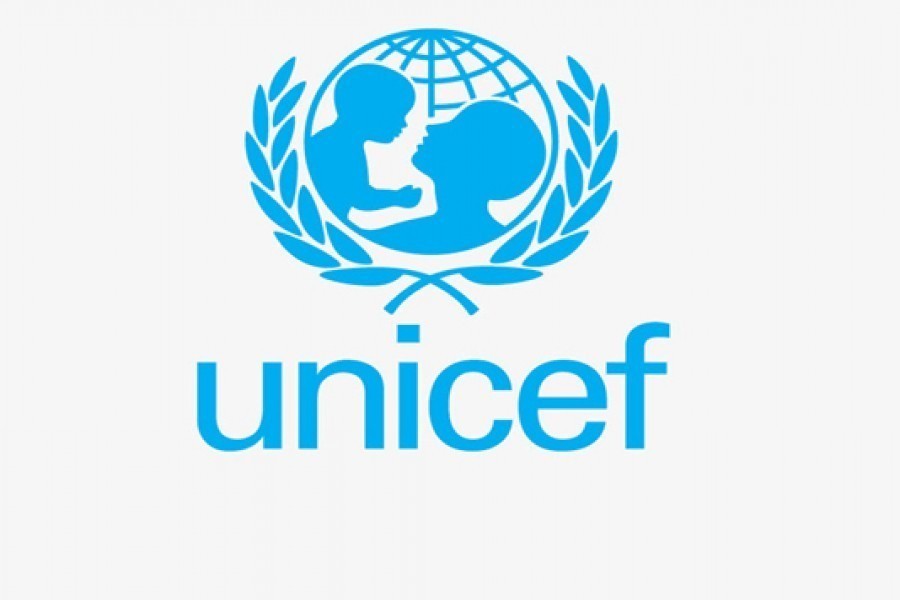UNICEF has handed over 110 classrooms at 22 schools in Cox’s Bazar to the government of Bangladesh.
Out of the 110 classrooms, 76 are newly constructed while 36 have been renovated. The new and improved classrooms will provide child-friendly learning spaces and better access to education for over 8,000 Bangladeshi children.
The initiative is part of UNICEF's support to Bangladeshi children in the district of Cox’s Bazar, a district which is coping with the challenge of hosting nearly 1.0 million Rohingya refugees from Myanmar.
In addition, UNICEF is supporting Bangladesh to strengthen teaching and learning through grants that benefit all 657 schools in Cox’s Bazar. The “school level improvement plan” grant allow schools to themselves identify and address pressing needs.
“Children spend a large part of their waking hours in the classroom, and really, the classroom should feel like a second home for children.
Research shows that when classrooms are child-friendly and safe, children are motivated to learn, and school enrolment, attendance and completion rates go up,” said Mr. Sheldon Yett, UNICEF Representative to Bangladesh.
Constructed and renovated with support from the Global Partnership for Education, the classrooms have been fully furnished with desks, benches and chairs for children and teachers. UNICEF has also put in place access ramps and child-friendly sanitation facilities for children with disabilities.
Prior to the construction works, UNICEF conducted a detailed assessment of needs in 100 schools to identify 22 schools most in need. The 110 classrooms were received by the Directorate of Primary Education under the Ministry of Primary and Mass Education.
“Congestion was an issue for the children in the eight Upazilas of Cox’s Bazar. These schools have made it possible for us to provide a healthy and inclusive learning environment which is essential for children’s education on the road to recovery from COVID-19,” said Mr. Shah Rezwan Hayat, Director General for the Directorate of Primary Education.
The burden of congestion in schools is felt throughout Bangladesh. Government statistics show that there are over 1,600 congested public schools in the country.
In addition, the average classroom in Bangladesh has more than 40 students, while according to the government’s primary school quality standards, each classroom should have 40 or fewer students.


